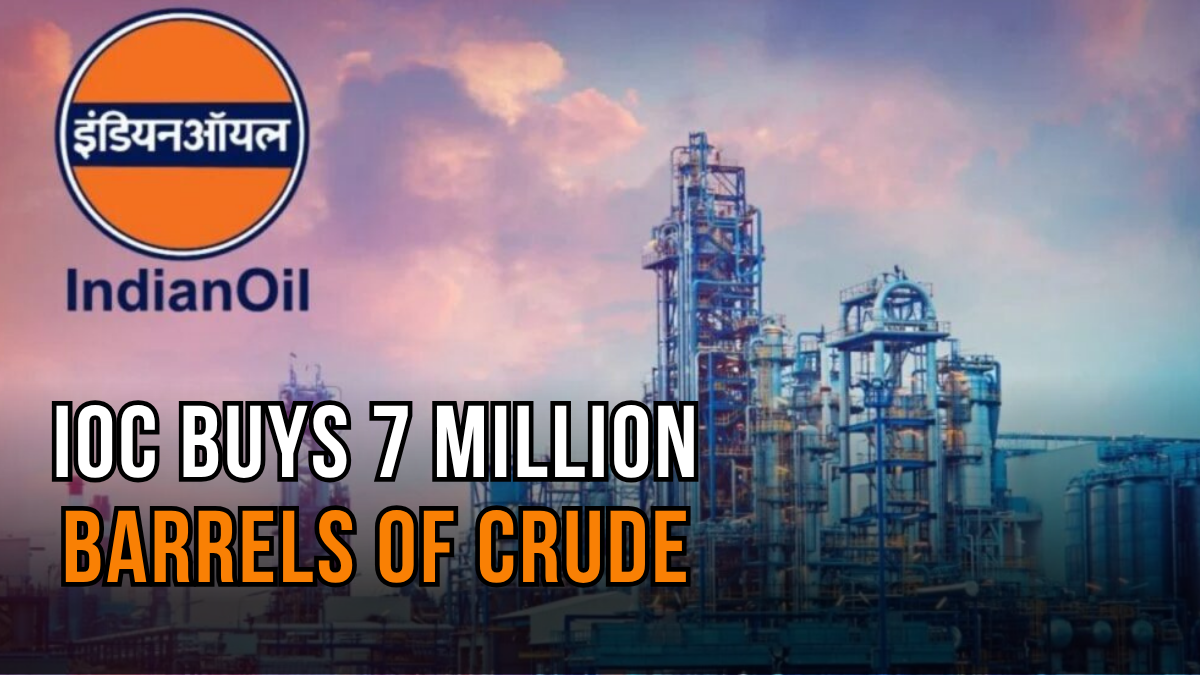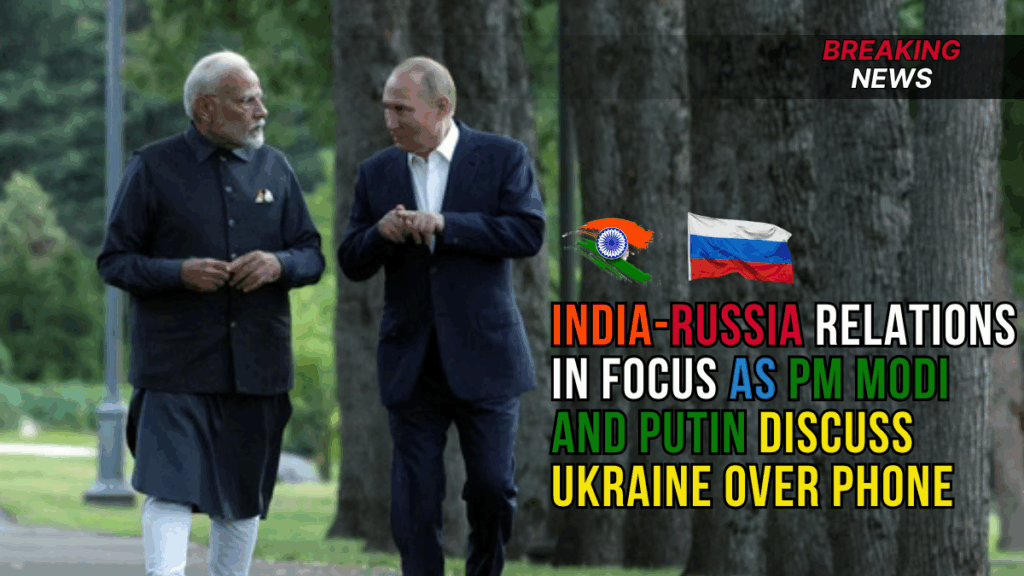India’s largest state-owned refiner, Indian Oil Corporation (IOC), has acquired approximately 7 million barrels of crude oil for delivery in September, diversifying its sourcing beyond Russia. The cargo includes crude from the United States, Canada, and the Middle East, marking a strategic shift as price discounts on Russian oil narrow and international scrutiny increases.

Summary Table: IOC Crude Purchases – Key Details

Source Region |
Crude Oil Type |
Volume (Million Barrels) |
Major Suppliers (Estimated) |
|---|---|---|---|
United States |
WTI Midland |
4.5 |
Mercuria (2M), Phillips 66 (1M), Equinor (1M) |
Canada |
Western Canadian Select (WCS) |
0.5 |
Vitol (0.5M) |
Middle East (Abu Dhabi) |
Das crude |
2.0 |
Trafigura |
- Quantum: 7 million barrels already earmarked for September delivery.
- Official Source: Based on statements to Reuters by trade sources.
- Motivation: Diversification as Russian oil discount narrowed.
- Official Website: IOC Crude User Portal
Indian Oil’s Purchase Details: A Closer Look
United States (WTI Midland)
IOC has secured a total of 4.5 million barrels from US suppliers:
- Mercuria: 2 million barrels
- Phillips 66: 1 million barrels
- Equinor: 1 million barrels
Western Canada (WCS)
A smaller allotment of 0.5 million barrels will come from Vitol, sourced as Western Canadian Select crude.
Abu Dhabi (Das crude)
The remaining 2 million barrels are sourced as Das crude from Trafigura, marking a return to traditional Middle East sourcing lanes.
While the pricing details remain confidential, these volumes represent the largest non-Russian purchase cycle for IOC in recent months.
Why Is IOC Shifting Away from Russian Oil?
1. Narrowing Price Discounts
India historically benefitted from substantial price margins when purchasing Russian oil. Yet, as global sanctions tightened and demand for Russian barrels surged, discount spreads have begun to shrink, eroding cost advantage.
2. Elevated Diplomatic Pressure
Although Indian refiners are not formally constrained by Western sanctions, U.S. administration officials have publicly warned against engagement with Russian energy suppliers. This geopolitical discomfort has prompted refiners to recalibrate sourcing decisions.
3. Ensuring Energy Supply Resilience
By sourcing from multiple regions—North America and the Middle East—India bolsters its energy security and supply chain flexibility, reducing overreliance on any one region.
Implications for India’s Oil Industry
Refining Dynamics
With IOC, HPCL, BPCL, MRPL halting new Russian contracts recently, India may shift toward longer-term crude tenders with US or Middle East suppliers. This could align domestic refining feeds with evolving global trade flows.
Fiscal and Trade Impact
Premium crude sources such as WTI or WCS typically involve higher freight and commodity costs compared to competitive Russian deliveries. This could place weight on India’s trade balance, although blending with crudes from the Middle East may moderate impact.
Domestic Fuel Prices
While retail petroleum prices in India are largely tied to international benchmarks and LNG pricing, continued diversification could mitigate sudden price shocks in the future.
Strategic Positioning
IOC’s move aligns with wider themes of India asserting a non-aligned, pragmatic approach—purchasing energy sustainably without confrontation, maintaining global diplomatic equilibrium.
High-Level Timeline & Market Outlook
- March–July 2025: Indian refiners relied heavily on discounted Russian crude.
- Mid-2025: Sharply narrowing discount leads to volume recalibration.
- August 2025: IOC places major non-Russian crude tender for September supply.
- September 2025: Global markets will observe price levels and integration in Indian refinery mix.
- Q4 2025: Export data will clarify extent of geographic diversification.
Frequently Asked Questions (FAQs)
Q1. Why is IOC reducing purchase of Russian crude?
A1. Because the discount margin has shrunk significantly over recent months, making non-Russian crude—which offers global mixing and export flexibility—more appealing.
Q2. Will this affect petrol prices in India?
A2. Not directly in the short term. Retail pump prices are regulated and linked to monthly import price averages, but diversifying import sources helps stabilize costs in the medium term.
Q3. Does India face legal or diplomatic risks for importing Russian oil?
A3. Indian refiners aren’t formally sanctioned. However, rising diplomatic pressure exists especially from the US and EU, encouraging diversification.
Q4. What is Das crude from Abu Dhabi?
A4. A medium-sour crude Blend produced by ADNOC, valued for reliability and consistency, commonly used by Asian refiners.
Q5. Can Indian refiners revert back to Russian imports if prices drop again?
A5. Possibly. India retains flexibility but may tread cautiously due to reputational and diplomatic considerations.
Q6. Which refinery will process this crude?
A6. Multiple IOC refineries—including Mathura and Panipat—are likely to handle the incoming batches, subject to operational blend capabilities.
Final Thoughts
The 7 million‑barrel IOC tender marks a pivotal shift in India’s energy procurement strategy. It testifies to the maturing stance of Indian policy: adapting to global market trends, ensuring energy diversity, and upholding diplomatic neutrality.
As global oil trade continues to realign, Indian consumers and businesses should expect calibrated, long-term sourcing approaches with a focus on resilience, economic prudence, and regulatory foresight.
For policy updates, tenders, and stakeholder releases, refer to the Indian Oil Corporation Limited portal.
For More Information Click HERE


